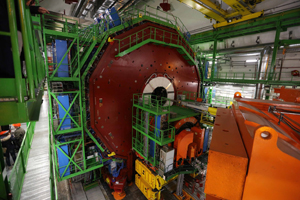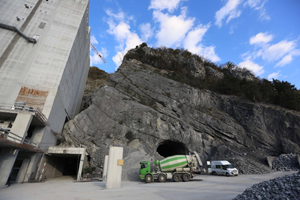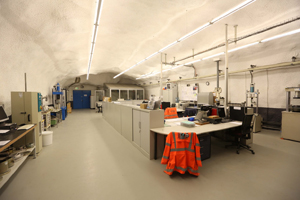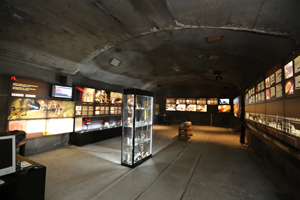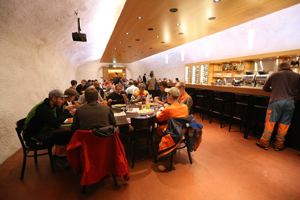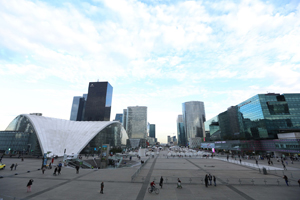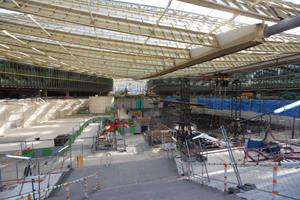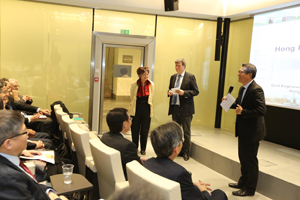Europe's experience in developing rock caverns and urban underground space
|
Europe's experience in developing rock caverns and urban underground space To cope with the future development needs of Hong Kong, we need to explore more sources of land supply, including conducting a study on the long-term strategy for rock cavern and urban underground space development. As part of the study, we made reference to successful experience overseas and colleagues of the Civil Engineering and Development Department and the relevant departments visited Switzerland and France at the end of October. I also joined the delegation in Paris after attending the World Sustainable Building 2014 Conference in Barcelona. Situated in a mountainous area in Europe, Switzerland has a unique geographical environment favourable to the development of rock caverns for creating more space. A wide range of rock cavern development modes and facilities can be found in this country. For example, the world-famous Large Hadron Collider, an underground physics research facility built by the European Organization for Nuclear Research to carry out leading-edge scientific experiments, is located inside a set of circular tunnels at 50 to 175 metres underground in the Swiss-French border area. The longest of these tunnels has a circumference of 27 kilometres. Being deep inside in the rock, the tunnels not only provide a stable environment for highly sophisticated scientific instruments, but also protect the instruments from weather changes on the ground or disturbance from other activities nearby. The areas in the vicinity of the facility can be safe from the effects of radiation emitted during experiments.
Rock cavern facilities blending in with the natural environment in Switzerland In France, the delegation visited the business district of La Défense in the west of Paris. Adopting a modern urban design, the district segregates vehicular and pedestrian traffic effectively through utilising the concept of multi-storey underground space development. This arrangement allows inter-district and local traffic to move underground, while the entire ground surface with an area of 1.6 square kilometres is used as a designated pedestrian platform connected with the surrounding commercial developments. It provides extensive public space for the 180 000 commuters travelling to and from work in the business district as well as a large number of visitors, and serves as a large outdoor venue for cultural, recreational and exhibition purposes.
Utilising underground space to divert traffic and pedestrian flows in Paris Apart from conducting site visits, the delegation also exchanged views with Swiss and French academics and experts on rock cavern and underground space development, covering various socio-economic, urban planning and engineering issues. We agreed that rock caverns and underground space should be fully utilised to bring development opportunities to densely populated cities. In this connection, government efforts and public support, including formulating legislation and policies on rock cavern and underground space development, establishing mechanisms to encourage private sector participation, and streamlining procedures for land planning and project approval, are crucial to promoting rock cavern and underground space development. We are planning to conduct in-depth studies on these issues and hope that the funding application for the Pilot Study on Underground Space Development in Selected Strategic Urban Areas will be approved by the Legislative Council at an early date. Together with the on-going “Study on Long-term Strategy for Cavern Development” and “Territory-wide Study on Underground Space Development in the Urban Areas of Hong Kong”, these will hopefully provide crucial information for the long-term development of rock caverns and underground space in Hong Kong.
|
|
28 December, 2014
Back